Studies conducted at Fish Culture Centre of the Institute for Forestry and Game Management in Belgium

Because of their strong cannibalistic behavior, northern pike (Esox lucius) larvae need large amounts of food. Until now, though, a complete replacement diet formulated specifically for northern pike was not available in Europe, so larviculture has been dependent on the use of live food. In the past, pike culture completely relied on the use of live, collected zooplankton from nature. Nowadays, the brine shrimp artemia are often used as live food.
Although they are easy to handle, the increased demand for artemia and recent fluctuations in world harvests have increased prices sharply. A reduction in the need for live food would contribute to more reliable and cost-effective pike culture.
Experimental setup
In 2002, the authors carried out a study to reduce the need for live food in the larviculture of northern pike. The research was done at the Fish Culture Centre of the Institute for Forestry and Game Management in Linkebeek, Belgium, a scientific institute of the Flemish Community.
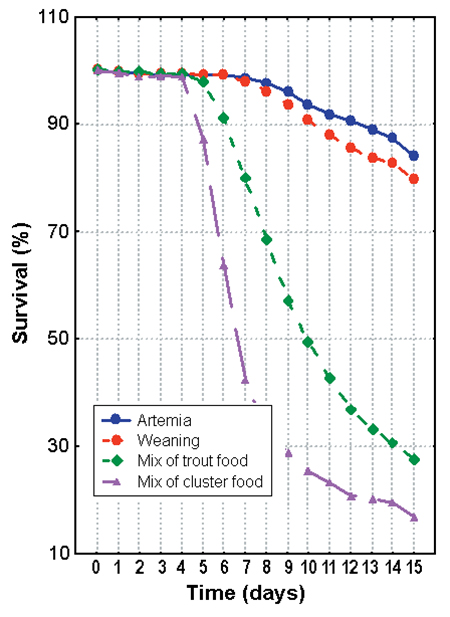
Feeds included a commercial trout starter and manufactured artificial diet prepared for marine fish. Both had high protein content, and the latter had high floating capacity. These artificial diets were continuously fed using automatic feeders, while artemia nauplii were delivered 3 times per day by hand.
After yolk absorption, 400 pike larvae were stocked in 80-liter conical tanks at a water temperature of 15.5 ± 1 degrees-C using a recirculation system. After acclimation for one day, the larvae were subjected to four feeding approaches in both fresh and 4 grams per liter saline water.
The first approach used early weaning of the larvae by gradually replacing artemia nauplii in the food with trout starter. The first three days, the larvae were fed a mixture of 75 percent artemia nauplii and 25 percent trout starter. Subsequently, 25 percent of the amount of artemia was replaced by the starter every three days.
In the second approach, larvae were fed continuously with artemia nauplii throughout the experiment. In the third, the larvae received equal amounts of artemia and trout starter during the first three days of the experiment, followed by only trout starter until the end of the experiment.
Larvae in the fourth approach were fed equal amounts of artemia nauplii and artificial diet during the first three days of the experiment, followed by only the artificial diet until the end of the experiment.
Results
Fish length, wet weight and dry weight were measured every seven days. Survival was determined at the end of the experiment.
Survival
The highest survival was obtained by gradual replacement of the artemia with trout starter (early weaning) in saline water. After 15 days, 96.8 percent of the fish larvae were still alive (Figs. 1 and 2).
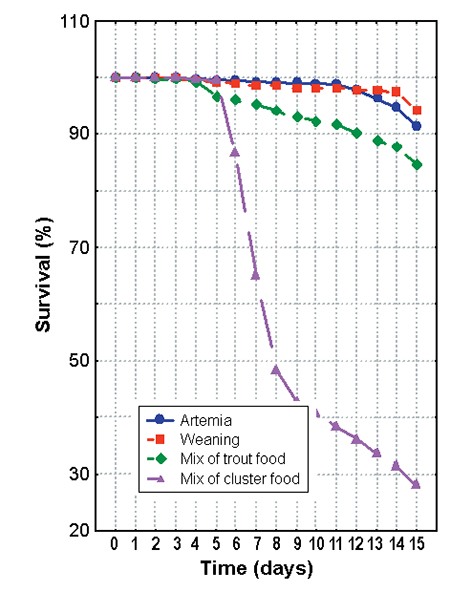
The fish larvae that fed continuously on artemia nauplii in saline water had a survival rate of 93 percent. Also in freshwater, the early weaning and continuous feeding of artemia resulted in comparable survival rates of 81.8 and 86.7 percent, respectively.
Cofeeding the larvae with artemia and artificial diet resulted in very low survival, both in fresh (19.2 percent) and saline water (31.3 percent). Cofeeding with artemia and trout starter produced relatively low survival in freshwater, because after 15 days only 31.8 percent of the larvae were still alive. In saline water, however, the survival rate was 88.1 percent after 15 days.
Growth
Growth of the weaned fish larvae was similar to that of the larvae continuously fed artemia. Cofeeding the larvae with artemia and the artificial diet resulted in very poor growth. Observations of these larvae showed they did not eat the artificial diet or immediately rejected it after intake. For every feeding regime, growth was always slightly higher in saline than freshwater. No signs of aggressive behavior or sibling cannibalism were detected.
Conclusion
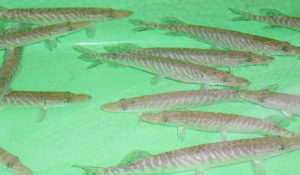
In a study, the early weaning of pike larvae from artemia nauplii to a commercial trout starter resulted in very good survival and growth in both fresh and saline water. These results were comparable to those of larvae continuously fed artemia. In general, growth and survival were slightly better in saline than freshwater. Growth was also more homogenous in saline water.
(Editor’s Note: This article was originally published in the August 2003 print edition of the Global Aquaculture Advocate.)
Now that you've reached the end of the article ...
… please consider supporting GSA’s mission to advance responsible seafood practices through education, advocacy and third-party assurances. The Advocate aims to document the evolution of responsible seafood practices and share the expansive knowledge of our vast network of contributors.
By becoming a Global Seafood Alliance member, you’re ensuring that all of the pre-competitive work we do through member benefits, resources and events can continue. Individual membership costs just $50 a year.
Not a GSA member? Join us.
Authors
-
I. Vught
Ministry of the Flemish Community
Institute for Forestry and Game Management
Fish Culture Centre
Dwersbos 28
B-1630 Linkebeek, Belgium[101,98,46,110,101,114,101,100,110,97,97,108,118,46,110,105,108,64,116,104,103,117,118,46,101,110,110,105]
-
M. Trommelen
Ministry of the Flemish Community
Institute for Forestry and Game Management
Fish Culture Centre
Dwersbos 28
B-1630 Linkebeek, Belgium -
Dr. A. Shiri Harzevili, M.Sc.
Ministry of the Flemish Community
Institute for Forestry and Game Management
Fish Culture Centre
Dwersbos 28
B-1630 Linkebeek, Belgium -
J. Auwerx
Ministry of the Flemish Community
Institute for Forestry and Game Management
Fish Culture Centre
Dwersbos 28
B-1630 Linkebeek, Belgium -
D. De Charleroy
Ministry of the Flemish Community
Institute for Forestry and Game Management
Fish Culture Centre
Dwersbos 28
B-1630 Linkebeek, Belgium
Related Posts
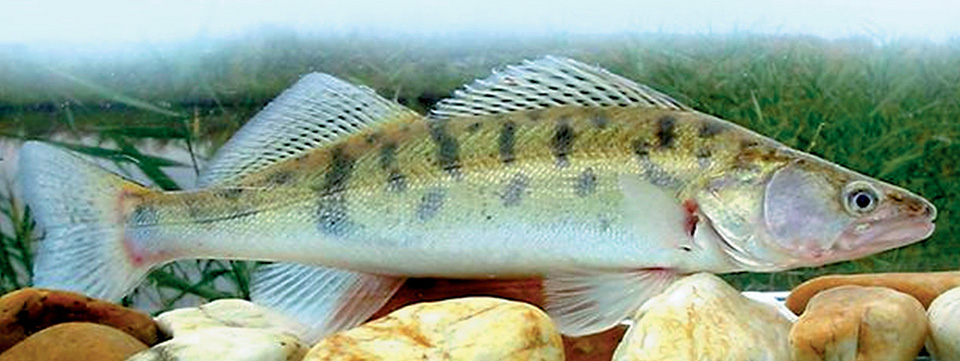
Health & Welfare
Aquaculture in Germany
Germany produces a limited amount of carp, trout, mussels and other species. Although traditional pond-based farms continue to operate, the country’s aquaculture production is trending toward land-based systems that feature efficient resource use and reduced environmental impacts.
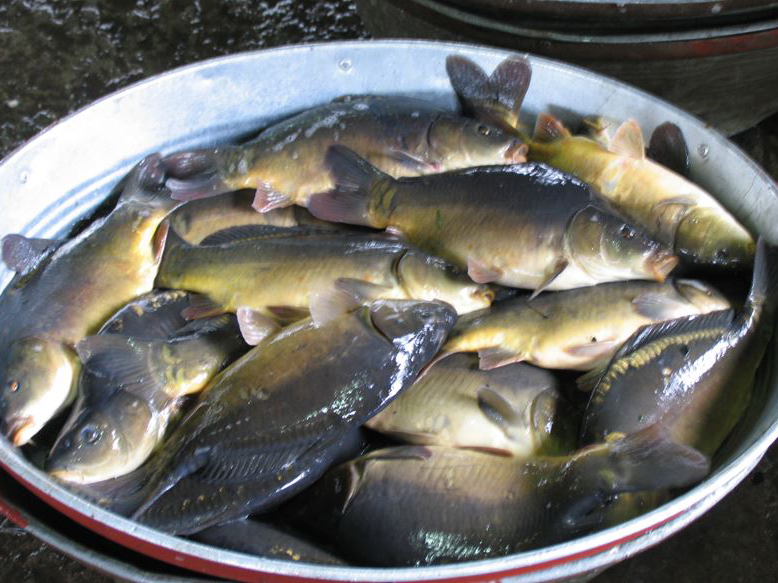
Health & Welfare
Barcoding, nucleic acid sequencing are powerful resources for aquaculture
DNA barcoding and nucleic acid sequencing technologies are important tools to build and maintain an identification library of aquacultured and other aquatic species that is accessible online for the scientific, commercial and regulatory communities.
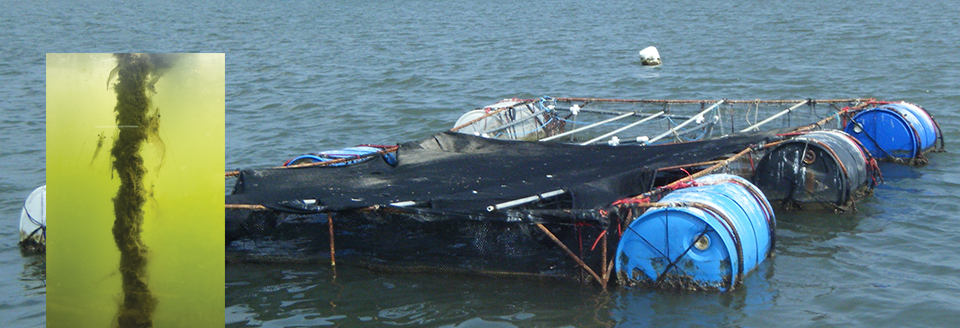
Responsibility
Cage production experiments conducted with shrimp in Costa Rica
Production of Pacific white shrimp in near-shore floating cages at sea was shown technically and economically feasible at small scale for several growing cycles, as managed by artisanal fishers and their families on the Pacific coast of Costa Rica.
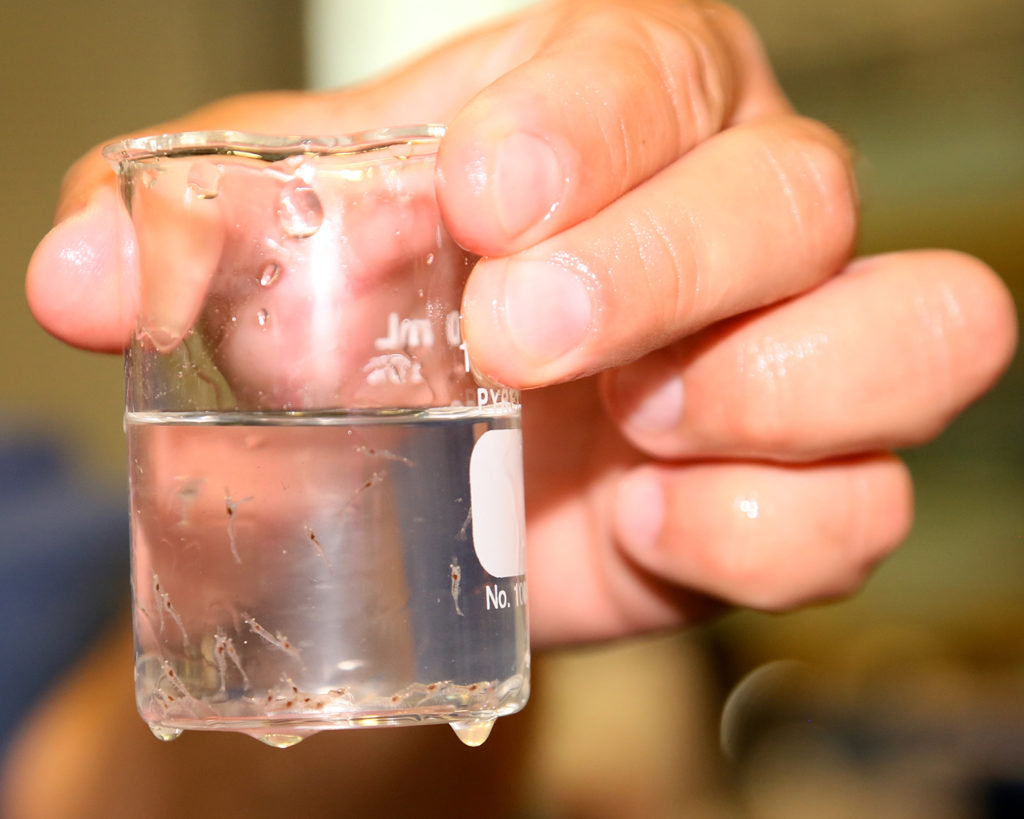
Health & Welfare
Comparing biofloc, clear-water and hybrid RAS systems as shrimp nurseries
This study compared three types of RAS nurseries for shrimp: biofloc (BF), clear-water (CW), and hybrid RAS (HY). Results showed that differences between treatments in terms of shrimp survival, mean harvest weight, specific growth rate, and feed conversion ratio were not significant.


